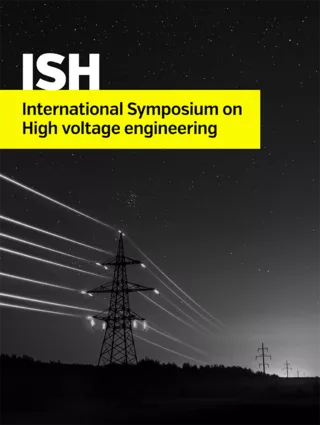Summary
The power network utility sector is facing radical changes in their operation and management activities due to the deregulation of the market structure. Therefore, asset management (AM) is seen as an essential method to ensure control, gain knowledge and improve decision-making while these changes occur. Risk management is seen as a mainstream regime for lifetime asset management for T&D infrastructures at utilities supported by PAS55 and ISO 55000. Risk management provides an analytical dimension with the characteristics of being comparable, measurable and manageable. Maintenance management is an essential part within AM, as it forms the means to track and ensure measurable asset performance throughout the asset lifecycle. Presently, maintenance management has evolved into a wider field involving operations, human resources, tactical and strategic analytical methods supporting economics, safety and environmental management, performance predictability, information systems, etc. Inevitably, the restructuring and deregulation of network utilities has required a change in culture and need to revisit and to challenge prior ways of managing maintenance. Therefore, in this contribution, we describe the Utility Risk Linked Reliability Centered Maintenance method based on the overall corporate risk management principles. In the developed method, the traditional Risk Priority Number (RPN) approach used in RCM studies has been expanded in order to deal with the consequences of asset failure modes on multiple corporate business values. In doing so, our aim was to develop a practical, yet sufficiently accurate method. As a practical application of the developed method, we applied it to a power transformer failure mode as an example case study from the electric power industry in the Netherlands. Generally speaking, with this method, input from strategic, tactical and operational management levels are considered, and used as output on each level to identify and take the most effective maintenance actions. The developed method has been adopted by the utility with a pilot project to revise power transformer maintenance strategies. The model, the case study and the results are discussed in comparison with literature and company specific maintenance methods.
Additional informations
| Publication type | ISH Collection |
|---|---|
| Reference | ISH2017_200 |
| Publication year | |
| Publisher | ISH |
| File size | 495 KB |
| Pages number | 5 |
| Price for non member | Free |
| Price for member | Free |
Authors
J.J. SMIT




